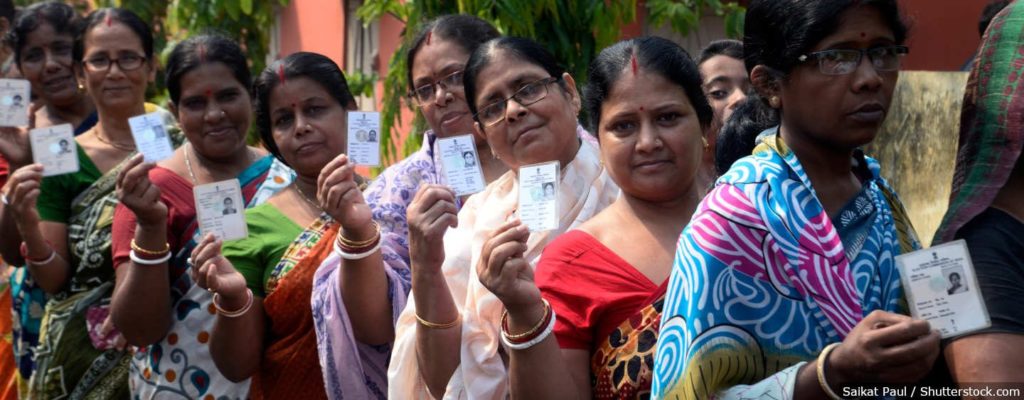This is the first in a three-part series I wrote for IndiaSpend, looking at the 2019 Indian general election from a gender angle.

To understand how some political parties seem to have woken up to the need for greater women’s political representation ahead of the general elections scheduled for April and May 2019, you have only to look at the millennial female voter.
Anju Baa, a 20-year-old tribal girl from Rajgampur village in Sundergarh district in northwestern Odisha, has completed her graduation. She is enrolled in a computer class and says she will apply for a job once her course is over. Marriage? She shrugs, first comes the job.
When Anju was just a baby, her mother, Rani Secundra Baa, class 12 pass and employed as a domestic worker in Delhi, voted in her first–and so far only–election. The candidate for Birmitrapur, her assembly seat in the year 2000, was tribal leader George Tirkey, who recently joined the Congress party. Why did she vote for Tirkey? Because, said Rani, her village had taken a collective decision to support him.
But nobody tells Anju who to vote for. Like her friends, she is guided by her marzi (choice). Would she prefer a woman candidate? “I will see who the candidate is. But so far, women have done good work in my village. Our sarpanch [elected head of the village council] is a woman and she is accessible and hard-working. She got a lot of road works done for us. So, yes, women are more dedicated than men when it comes to serving the community,” she told IndiaSpend over the phone.
Perhaps four-time Odisha chief minister Naveen Patnaik has been listening to girls like Anju, prompting him to announce that he is earmarking 33% of the state’s 21 parliamentary seats to women. Odisha will hold elections to parliament and the state assembly (legislature) simultaneously in April 2019.